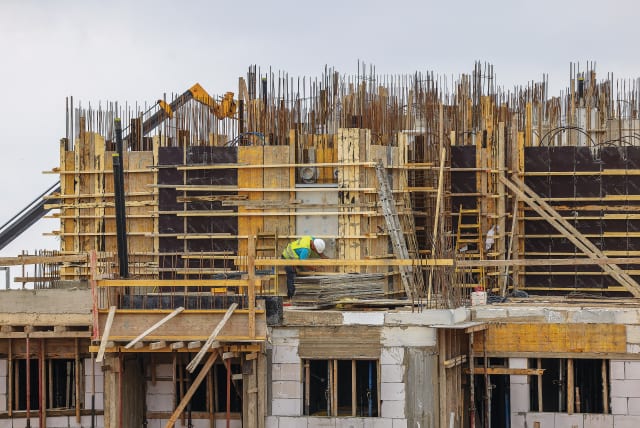Construction and Housing Ministry submits housing plan for residents of South

The residents of the rest of the towns that were attacked will go back to their own towns where temporary neighborhoods will be erected until the homes are habitable again.
Construction and Housing Minister Yitzhak Goldknopf submitted a short-term housing plan on Tuesday to the Revival Administration that was set up to oversee the rehabilitation of the towns near Gaza that were hit in Hamas's October 7 attack.
Goldknopf's plan was designed to allow the residents of the South a sense of community while a long-term plan was put in place to eventually allow them to return home.
"The core principle is that every town will get the most appropriate response based on its physical and community characteristics and that every decision will be made in full cooperation and transparency with the communities," said Goldknopf.
Goldknopf's plan is to set the residents up in five locations throughout the South that will enable them to get back to their routines when the fighting ends while their homes are restored.
As such, residents of Be'eri would be set up in Hazerim, residents of Nir Oz would either join Be'eri or go to Lahav, residents of Holit will go to Revivim, and the residents of Kfar Aza will go to Dorot, Ruchama, or Beit Kama. A location has not yet been chosen for the residents of Nahal Oz.
Return and rebuild
The residents of the rest of the towns that were attacked will go back to their own towns where temporary neighborhoods will be erected until the homes are habitable again.
In all the locations, temporary buildings will be set up in such a way as to maintain a sense of community. The construction, according to Goldknopf, would begin during the war so as to allow the residents to move in as soon as the fighting ends. This would require 1,000 temporary residential buildings as well as more that would be used as public buildings.
Because of the complexity and urgency of the situation, Goldknopf suggested not setting up a tender as the government usually would. Instead, he would have the ministry directly hire contractors and managing companies that are already known to it.
Goldknopf underlined the fact that his plan does not require extra budgets for the ministry as it is able to start putting the plan into action immediately with some leftover funds.
Jerusalem Post Store
`; document.getElementById("linkPremium").innerHTML = cont; var divWithLink = document.getElementById("premium-link"); if (divWithLink !== null && divWithLink !== 'undefined') { divWithLink.style.border = "solid 1px #cb0f3e"; divWithLink.style.textAlign = "center"; divWithLink.style.marginBottom = "15px"; divWithLink.style.marginTop = "15px"; divWithLink.style.width = "100%"; divWithLink.style.backgroundColor = "#122952"; divWithLink.style.color = "#ffffff"; divWithLink.style.lineHeight = "1.5"; } } (function (v, i) { });

